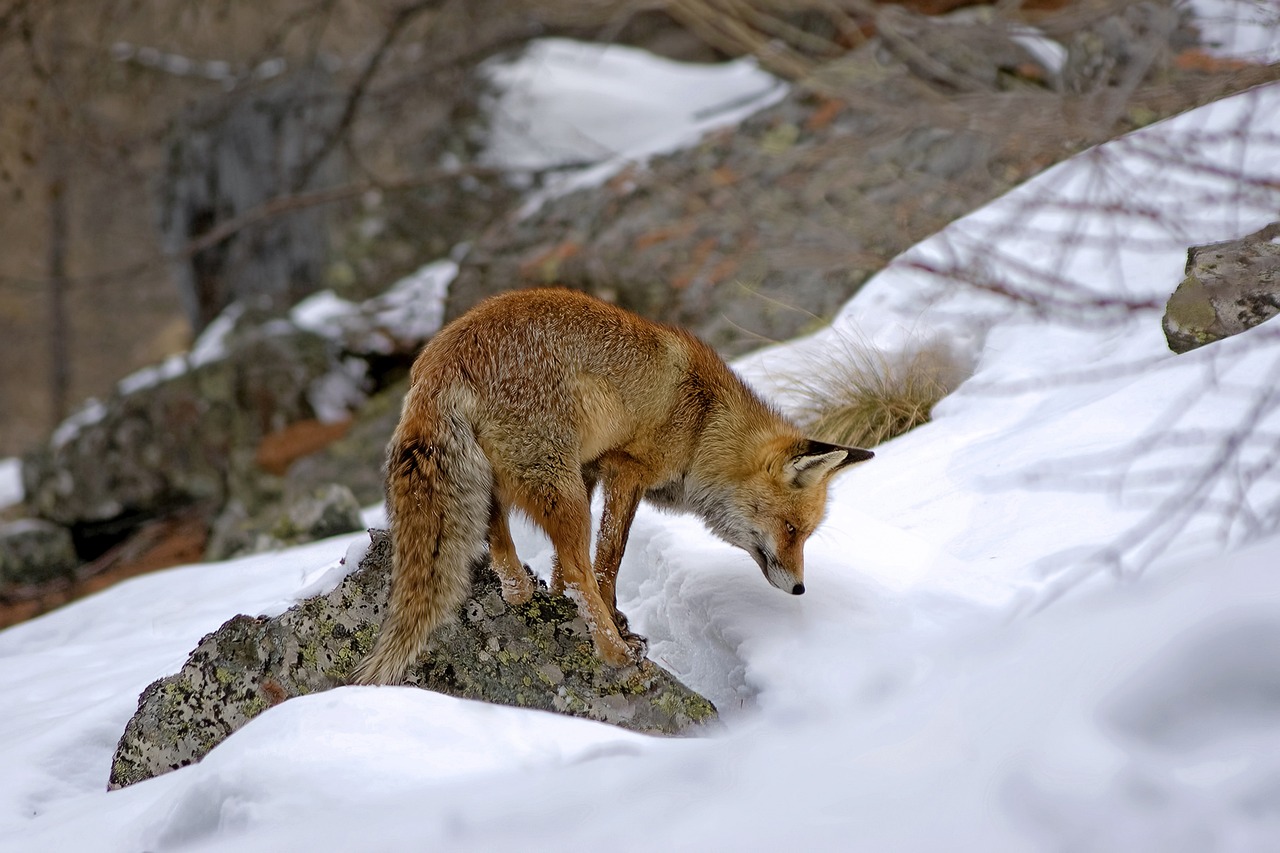Unveiling the Enigmatic World of Foxes: A Comprehensive Guide to Behavior, Habitat, and Conservation

Introduction
With their cunning demeanor and striking appearance, Foxes have long captured the imagination of nature enthusiasts and storytellers.
Table of Contents
Scientific Name: Vulpes
The term “fox” encompasses several species belonging to the genus Vulpes within the Canidae family. These intelligent mammals are renowned for their adaptability and diverse characteristics.
Types of foxes
Foxes are a diverse group, with different species inhabiting various regions around the world. Some of the most well-known types include the red fox (Vulpes vulpes), Arctic fox (Vulpes lagopus), and Fennec fox (Vulpes zerda), each with its unique adaptations and habitat preferences.
Evolution
The evolutionary history of foxes can be traced back millions of years. Fossil evidence suggests that they share a common ancestor with wolves and dogs, evolving into distinct species over time. Their ability to adapt to changing environments has played a crucial role in their survival and success as a group.
Behavior
Foxes exhibit a wide range of behaviors, influenced by factors such as habitat, social structure, and food availability. They are highly adaptable animals, capable of thriving in diverse environments, from forests and grasslands to urban areas. Their behaviors include hunting, scavenging, mate selection, and territorial marking.
Habitat
Foxes are found in a variety of habitats across the globe, ranging from dense forests and grasslands to deserts and urban environments. Their adaptability allows them to thrive in diverse conditions, making them one of the most widespread carnivores on Earth.
Diet
Foxes are omnivorous animals with a diverse diet. They primarily feed on small mammals, birds, insects, fruits, and vegetables, depending on availability and season. Their hunting techniques vary, from stalking and pouncing to scavenging for carrion.

Predators and Threats
While foxes are skilled hunters and can fend off many predators, they face threats from larger carnivores such as wolves, coyotes, and eagles. Additionally, habitat loss, human encroachment, and diseases pose significant challenges to fox populations worldwide.
Reproduction, Babies, and Lifespan
Foxes typically mate in the winter months, with females giving birth to litters of pups in the spring. The gestation period lasts around 50-60 days, after which the female gives birth in an underground den. Both parents play a role in raising the pups, providing them with food and protection until they are old enough to fend for themselves.
In the wild, foxes generally live for 3-4 years, although some individuals have been known to live up to 10 years or more in favorable conditions. Factors such as habitat quality, availability of food, and predation risk can influence their lifespan.
Population
Fox populations vary depending on factors such as habitat suitability, food availability, and human interactions. While some species, such as the red fox, are considered abundant, others, like the Fennec fox, face threats from habitat loss and illegal pet trade.
Conclusion
Foxes are remarkable creatures with diverse species and behaviors. By understanding their biology and ecological roles, we can appreciate the importance of conserving these iconic animals for future generations.
FAQs
1. Are foxes dangerous to humans?
They are generally shy and avoid human interaction. While they may display defensive behavior if cornered or threatened, they are not considered dangerous to humans.
2. What do foxes sound like?
They are known for their vocalizations, which include barks, screams, and howls. These vocalizations are often used for communication between individuals and can vary depending on the situation.
3. Do they hibernate?
Foxes do not hibernate. Instead, they remain active throughout the year, adapting their behavior and diet to seasonal changes.
4. Can they be kept as pets?
In many places, it is illegal to keep foxes as pets due to their wild nature and specific care requirements. Additionally, domestication can lead to behavioral and health issues for these animals.
5. How can I help conserve fox populations?
Supporting conservation organizations, promoting habitat preservation, and advocating for responsible wildlife management practices are effective ways to help conserve fox populations and their habitats.


